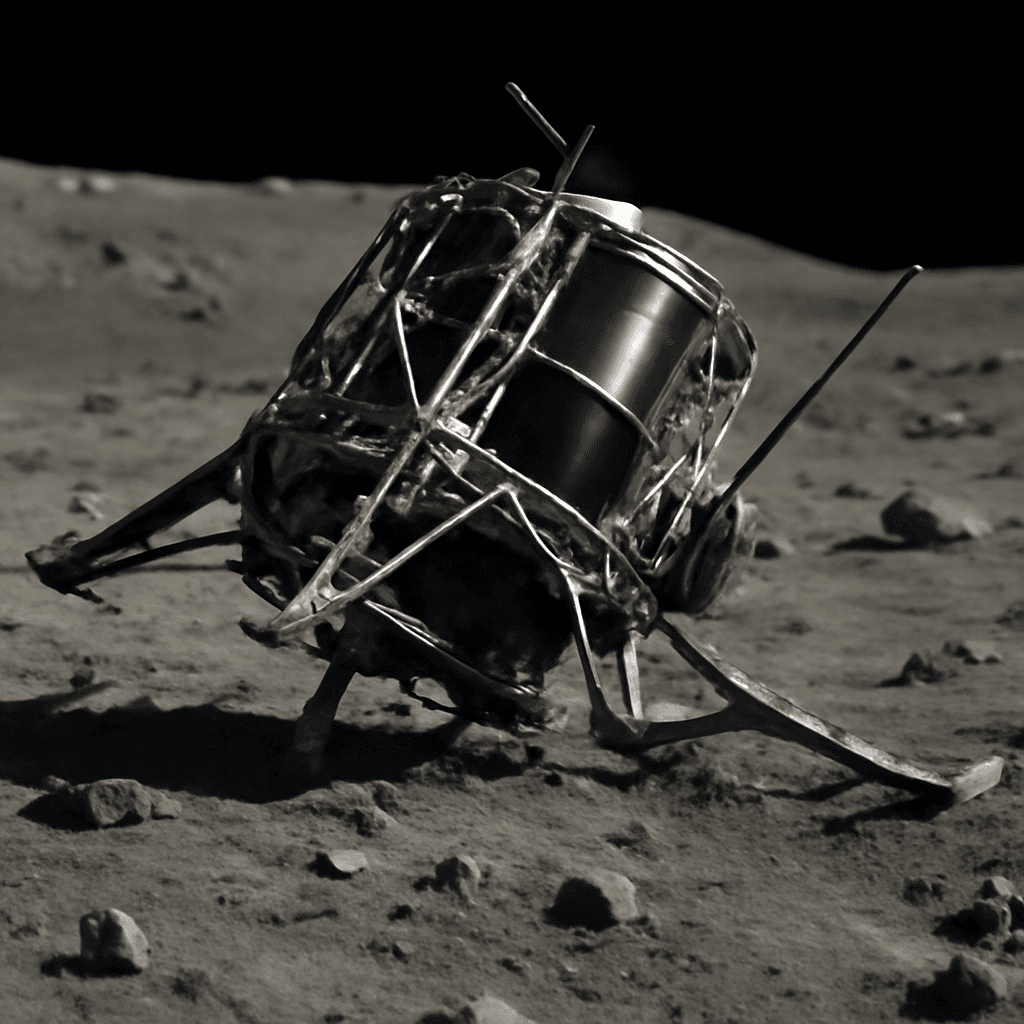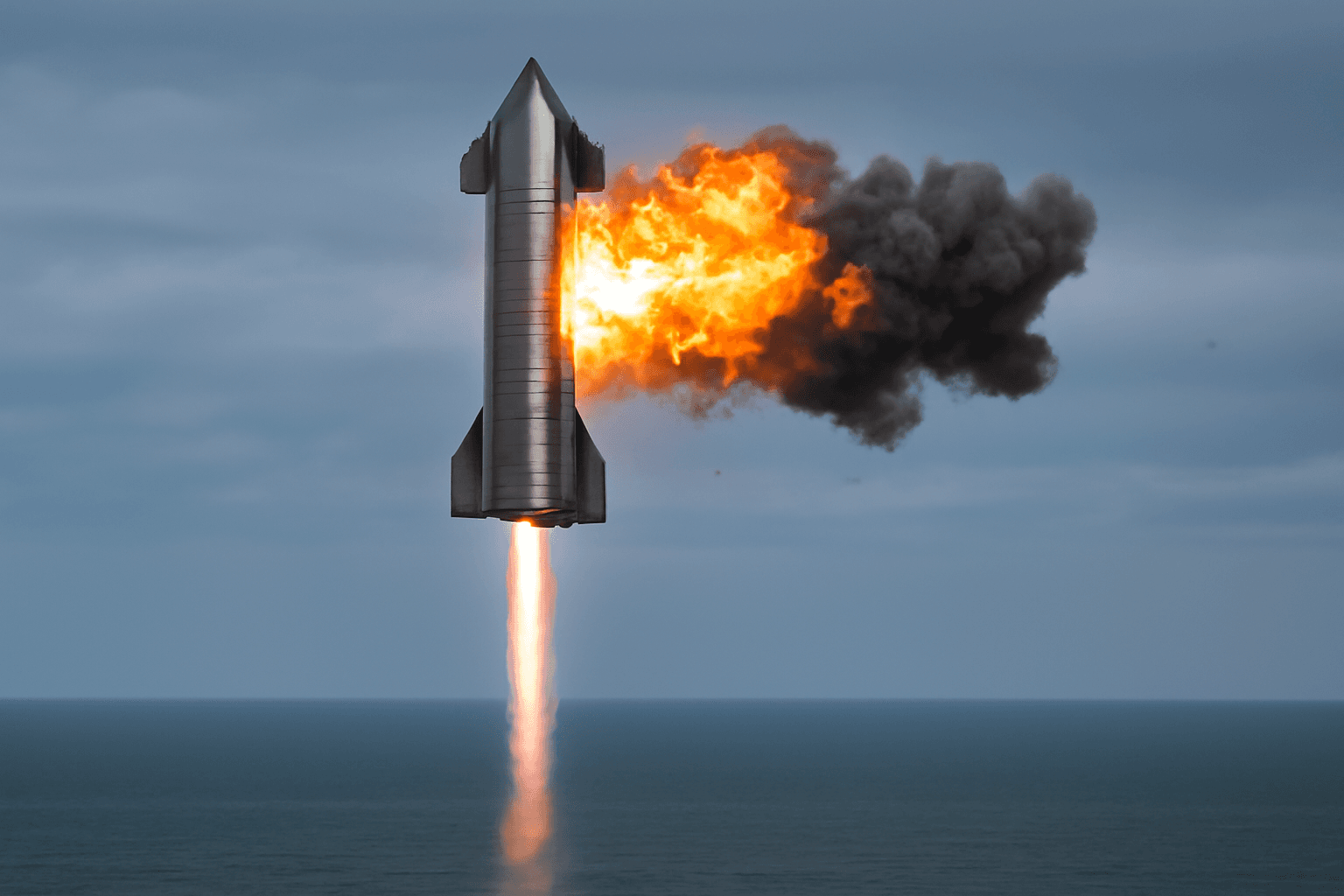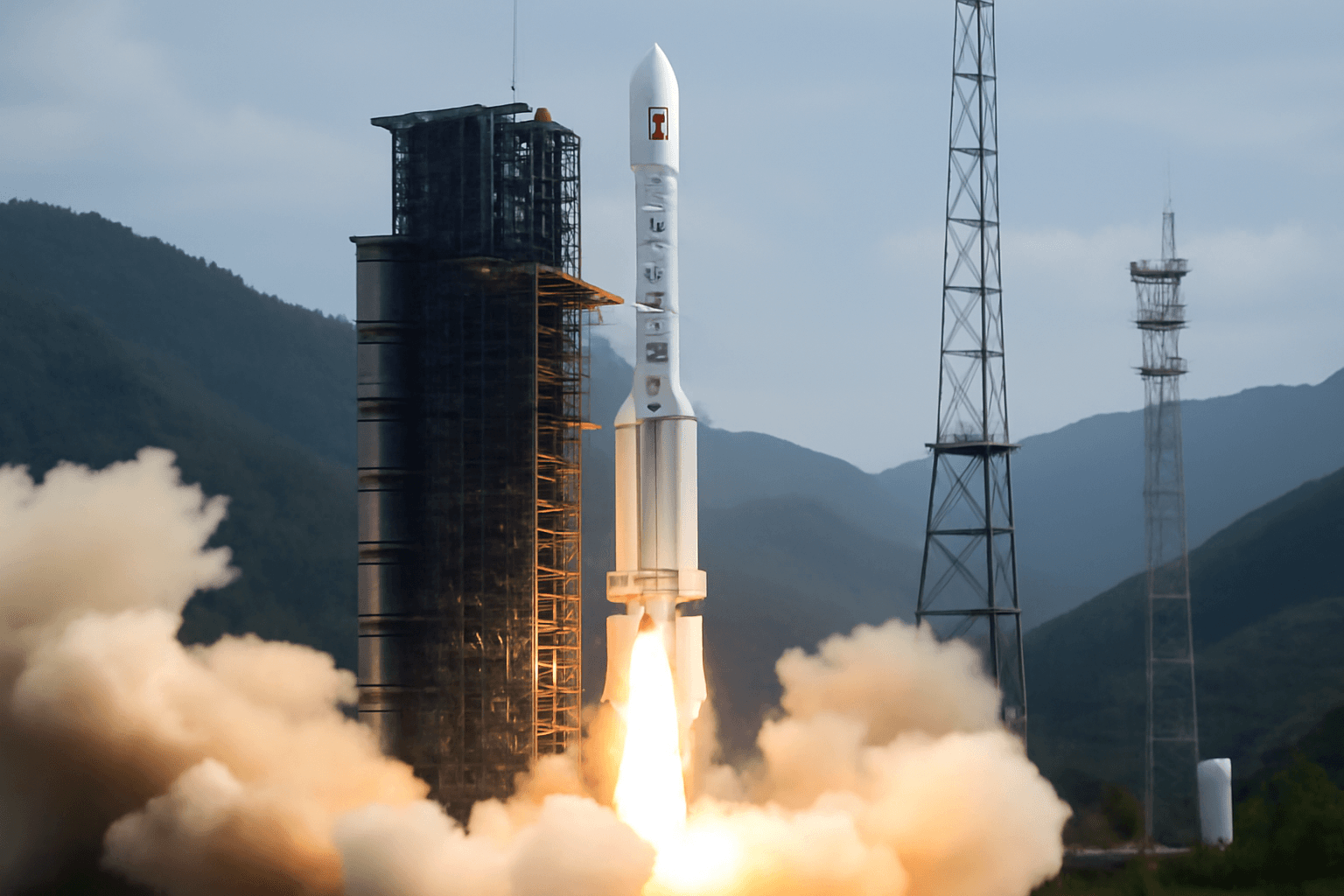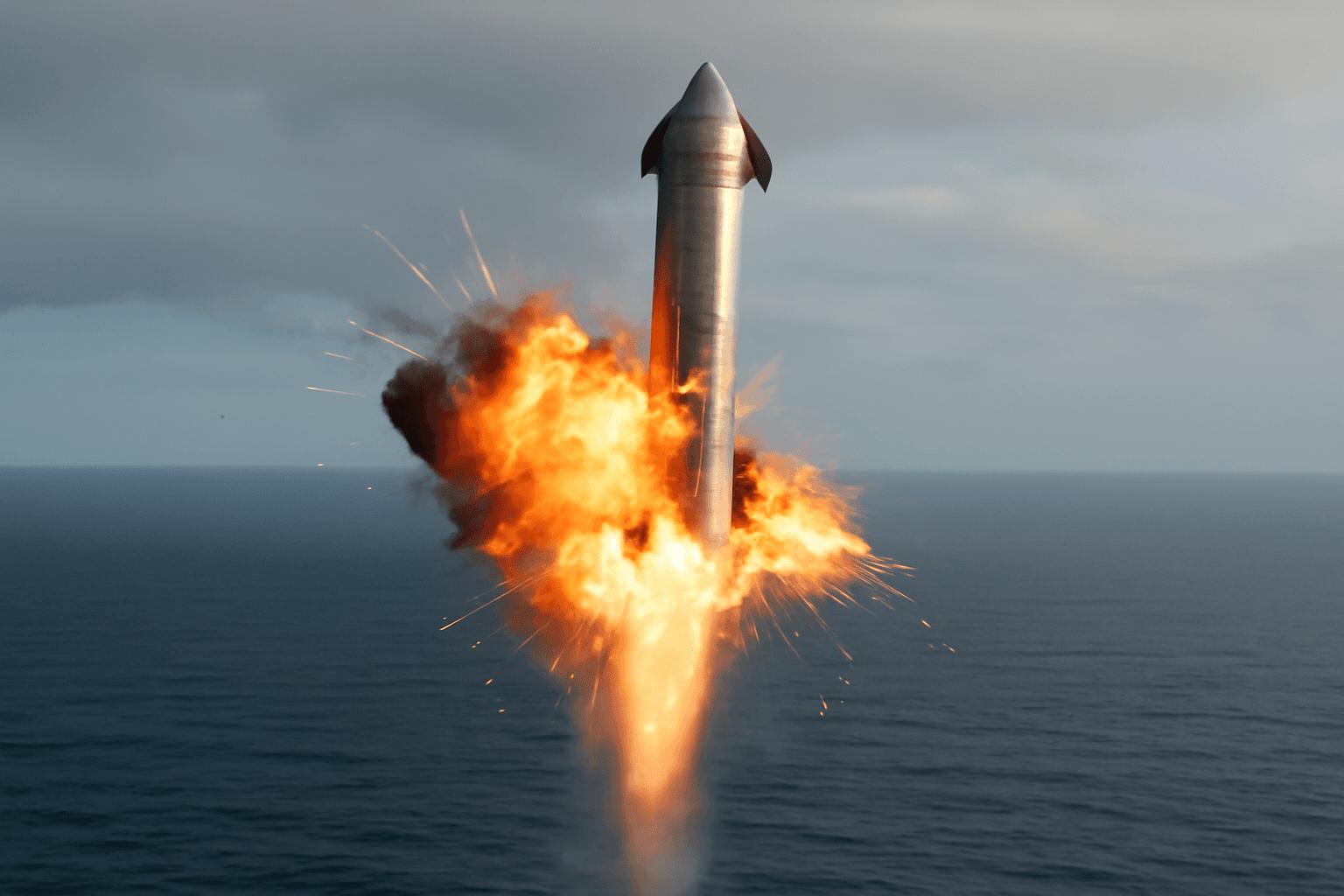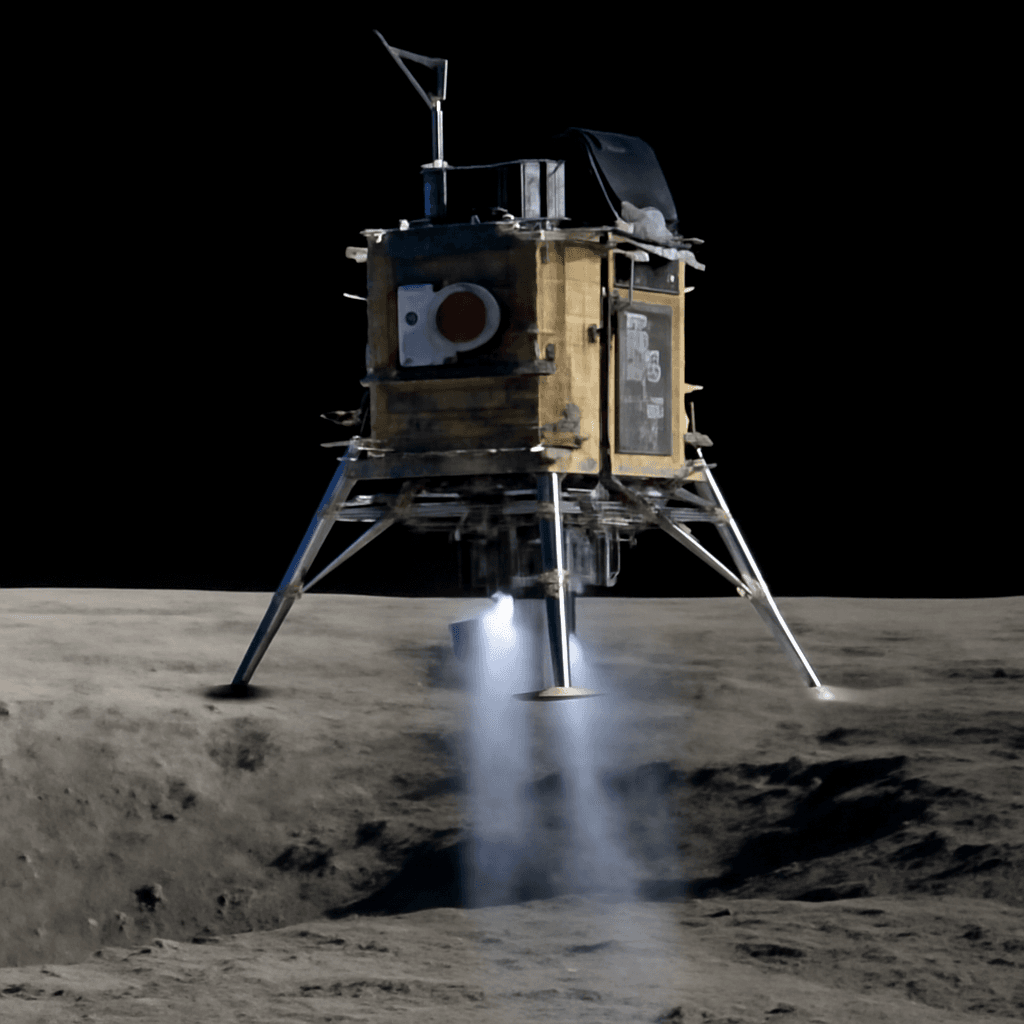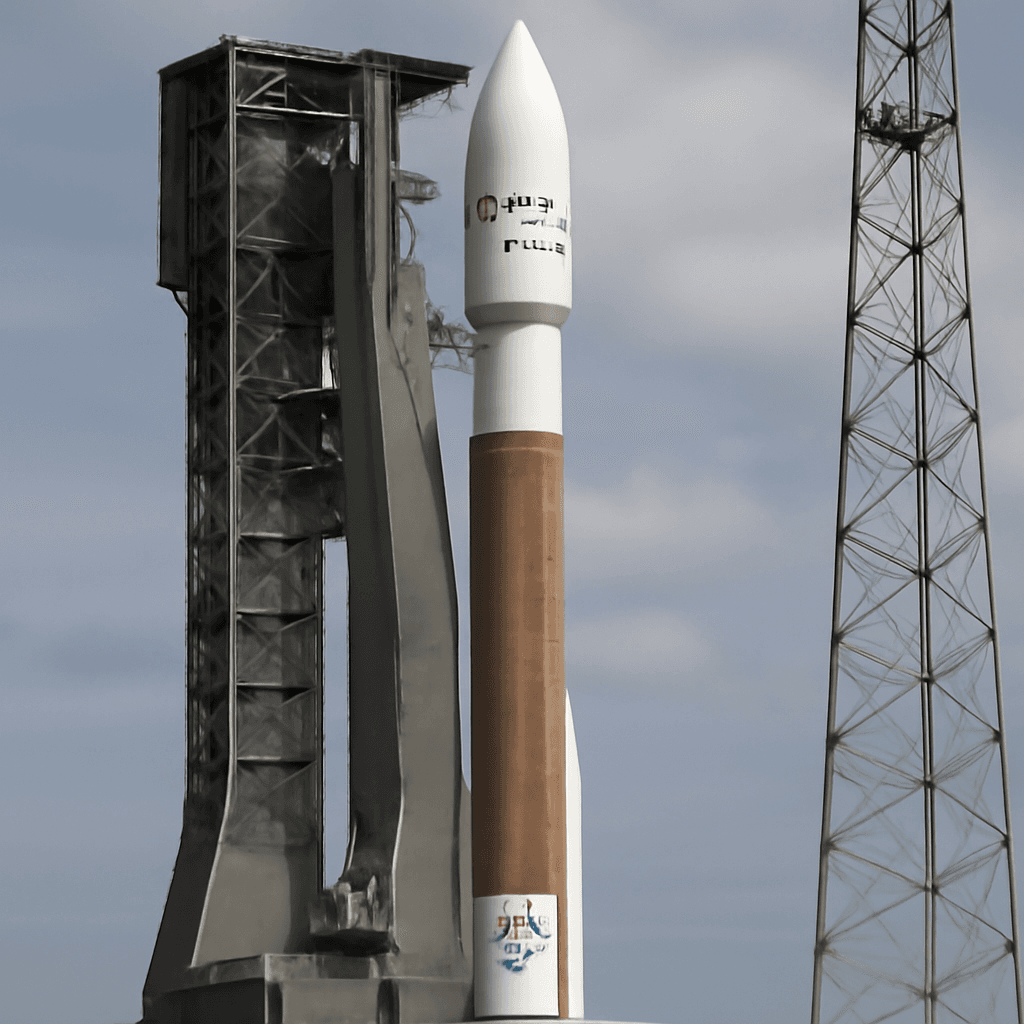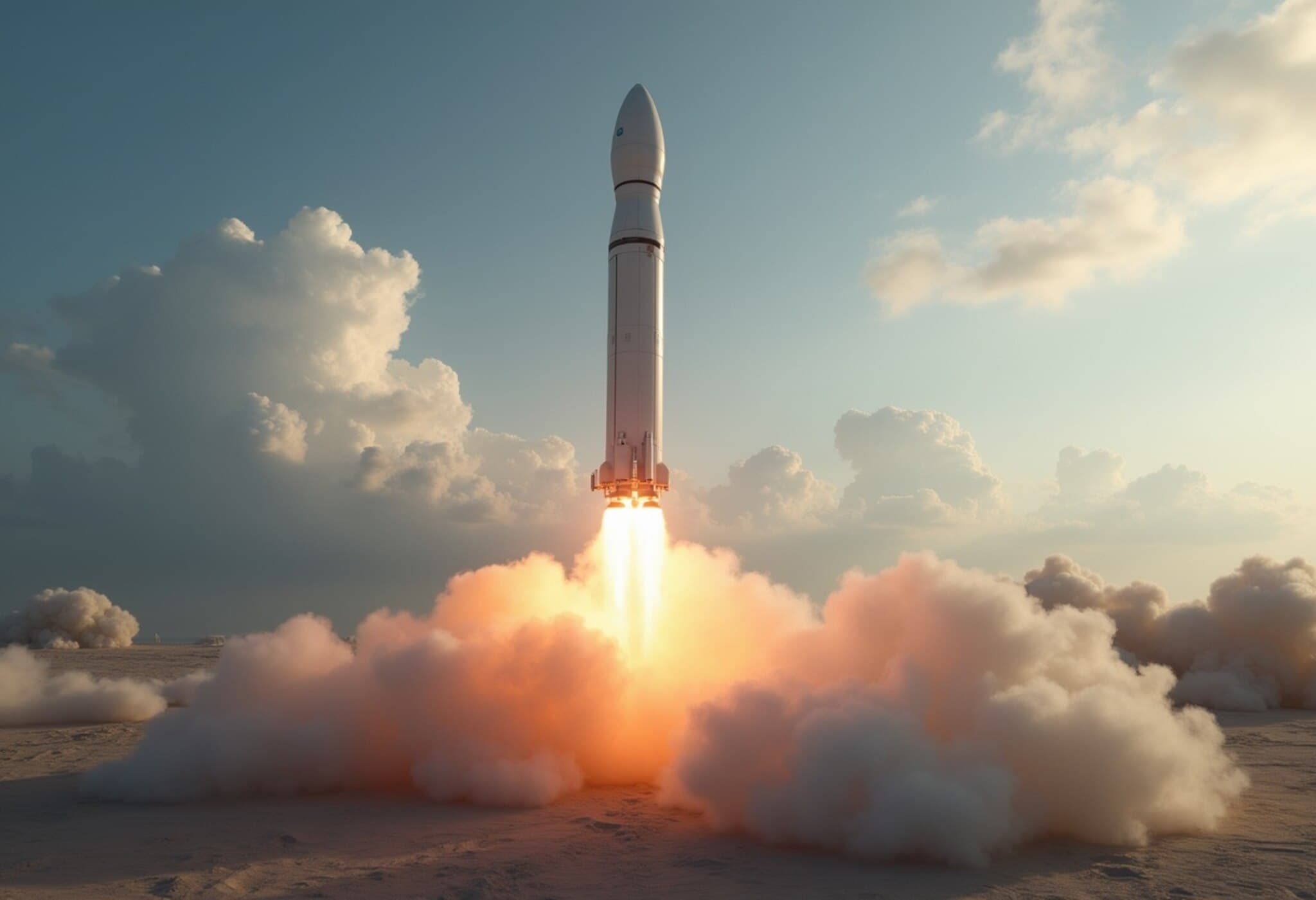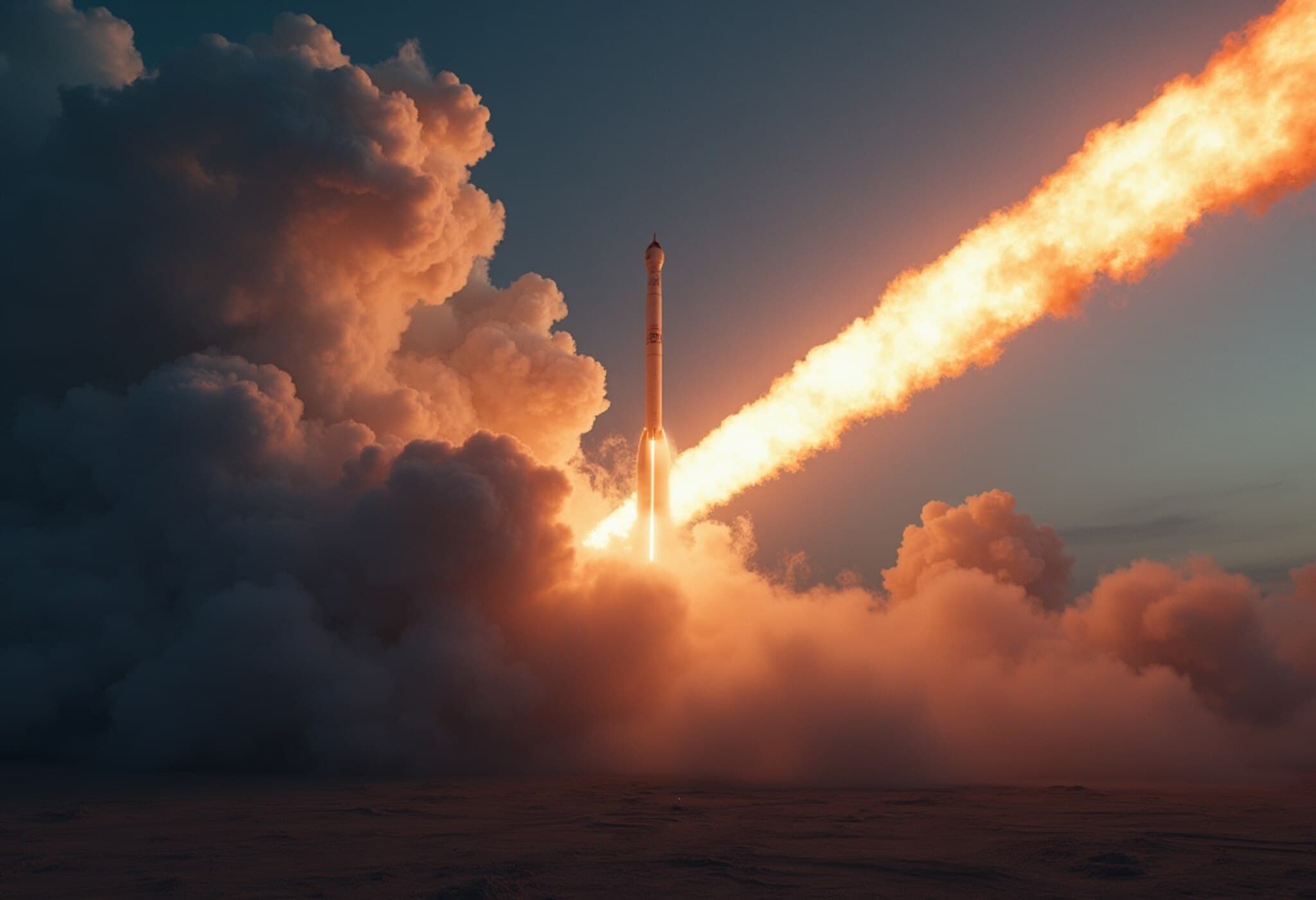Japan's Private Lunar Lander Ends Mission in Failure
On June 6, 2025, Tokyo-based company ispace's latest attempt to land a private spacecraft on the moon ended in failure. The company lost communication with its lunar lander, Resilience, less than two minutes before the planned touchdown, marking a setback in the growing commercial effort to explore the moon.
Details of the Failed Landing
Flight controllers were unable to regain contact with the lander after communications ceased during its final descent from lunar orbit. The team concluded the mission after a period of silence, confirming the spacecraft likely experienced a hard landing on the lunar surface.
A preliminary investigation points to a malfunction in the laser-based altitude measurement system, causing the lander to descend at excessive speed. This issue led to a crash rather than a controlled touchdown.
Background and Prior Attempts
This marks the second failed lunar landing for ispace. Their first mission also ended in a crash landing two years prior. The new lander, Resilience, was designed to build on previous efforts by carrying a mini rover named Tenacious to perform scientific experiments and collect lunar soil samples for NASA.
In addition to scientific objectives, the rover was tasked with deploying a small Swedish-designed red cottage called Moonhouse, an artistic project intended for placement on the moon’s surface.
Mission Objectives and Challenges
- The lander was targeting Mare Frigoris (Sea of Cold), a relatively flat and less hazardous region in the moon’s northern sector.
- The rover, weighing 11 pounds (5 kg), was equipped with a high-definition camera and a shovel for sampling.
- The rover operation was planned for two weeks, traversing up to one kilometer at a slow pace to assess the surrounding terrain.
The mission had shared a SpaceX launch with Firefly Aerospace’s Blue Ghost, which succeeded in landing on the moon earlier this year, demonstrating the high-risk, high-reward nature of commercial lunar ventures.
Industry Context and Future Prospects
Japan joins a handful of nations that have attempted robotic moon landings, including Russia, the United States, China, and India. Only the U.S. has successfully completed crewed moon landings to date.
Despite setbacks, ispace remains committed to lunar exploration with plans for a more advanced lander scheduled to launch by 2027 in partnership with NASA. The company acknowledges the financial pressure to avoid repeated failures but views this attempt as a critical step toward long-term goals.
Meanwhile, other private entities such as Jeff Bezos’ Blue Origin and Astrobotic Technology continue their efforts to land on the moon later this year, contributing to a dynamic and increasingly crowded commercial space race.
Conclusion
The crash of Japan’s private lunar lander highlights the formidable technical challenges faced by private companies seeking to establish a presence on the moon. While this mission did not achieve its objectives, it underscores the resilience and determination driving the new era of lunar exploration.

